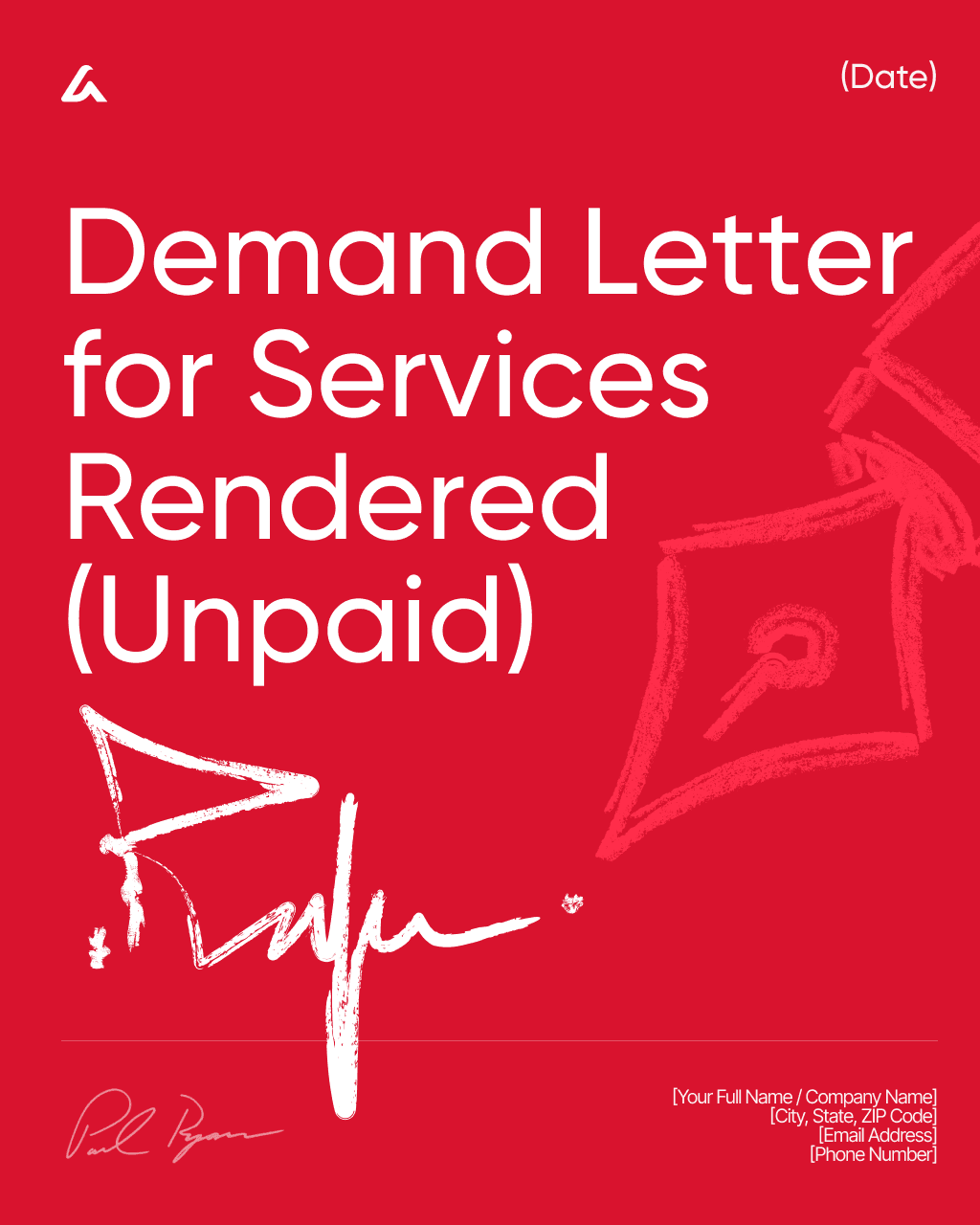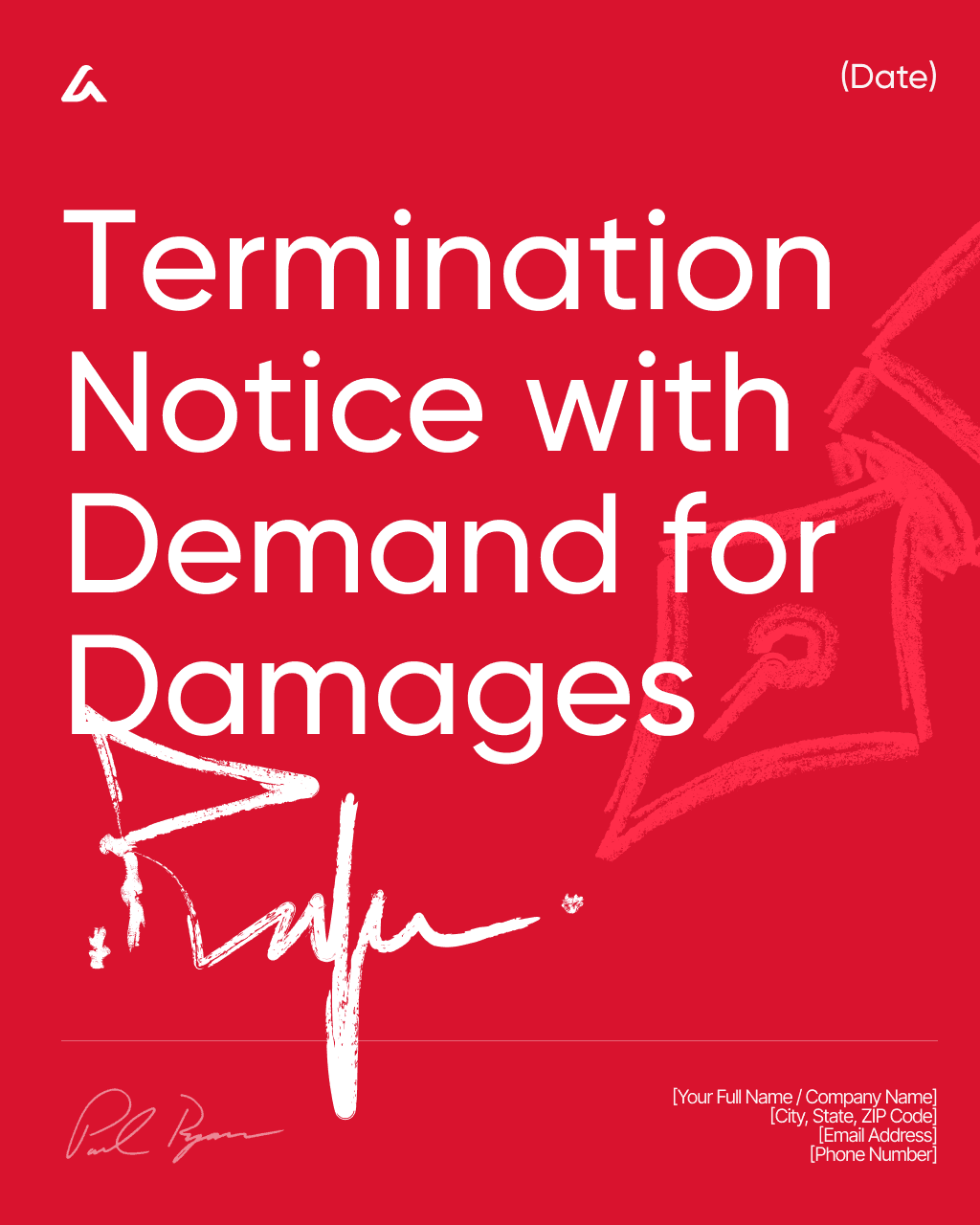Free template
Letter of Intent (LOI) Template – New York
Establish clear expectations and streamline negotiations with this New York Letter of Intent Template.
Downloaded 3033 times
Download template
Letter of Intent (LOI)
This Letter of Intent ("LOI") is made and entered into on [Date], by and between:
Party A: [Full Name / Company Name]
Address: [Address]
and
Party B: [Full Name / Company Name]
Address: [Address]
Collectively referred to as "the Parties."
Purpose
This LOI records preliminary alignment for a potential transaction in New York, prioritizing clarity on commercial goals and closing mechanics. It is intended to streamline decision points and reduce deal friction.
The Parties acknowledge the need for coordinated diligence and efficient documentation cycles.
Due Diligence
The Parties will exchange financial, operational, legal, and technical materials to verify assumptions. A diligence checklist will identify owners, deadlines, and access protocols.
Material findings may prompt good-faith adjustments to key terms.
Regulatory Approval
Where applicable, the Parties will identify lender, landlord, or regulatory approvals affecting timing. They agree to cooperate on submissions and information requests.
Target dates will be tracked to manage third‑party dependencies.
Confidentiality
Non-public information will be kept confidential and used only for evaluating the transaction. Disclosure to advisors is permitted if they are bound by similar obligations.
Controls should be implemented to prevent misuse of sensitive data.
Exclusivity
If agreed, the Parties will observe an exclusive negotiation window to focus resources. The exclusivity period, scope, and exceptions will be stated clearly.
Breach may entitle the non‑breaching Party to agreed remedies.
Non-Binding Nature
Except for binding sections (Confidentiality, Exclusivity, Governing Law), this LOI is non-binding. It is a good-faith outline rather than an enforceable commitment.
Definitive obligations arise only upon execution of the final agreement.
Governing Law
This LOI shall be governed by the laws of the State of New York. Venue and jurisdiction for disputes shall be in New York courts, absent a later agreement to arbitrate.
IN WITNESS WHEREOF, the Parties have executed this Letter of Intent on the date first written above.
Party A Signature
Name:
Title:
Party B Signature
Name:
Title:
Flash deal
Flash deal
Today
Today
No time to fill it up? Generate your custom agreement with AI Lawyer in seconds
What’s Included
Legal Research
Legal Research
Legal Research
Contract Drafting
Contract Drafting
Contract Drafting
Document Review
Document Review
Document Review
Risk Analytics
Risk Analytics
Risk Analytics
Citation Verification
Citation Verification
Citation Verification
Easy-to-understand jargon
Easy-to-understand jargon
Easy-to-understand jargon
Details
Learn more about
Letter of Intent (LOI) Template – New York
Click below for detailed info on the template.
For quick answers, scroll below to see the FAQ.
Click below for detailed info on the template.
For quick answers, scroll below to see the FAQ.
New York Letter of Intent (LOI) FAQ
What is a Letter of Intent?
A Letter of Intent (LOI) is a document that outlines the initial terms and intentions of parties who plan to enter into a formal agreement. It is often used as a pre-contract to show serious interest and confirm the key points before drafting a final, legally binding contract.
An LOI helps ensure both sides agree on the main expectations, goals, and basic terms upfront, reducing misunderstandings later. While it may include important details such as pricing, timelines, responsibilities, and next steps, most Letters of Intent are not legally binding, except for specific clauses like confidentiality or exclusivity if included.
When to use a Letter of Intent?
A Letter of Intent (LOI) is used when two parties want to outline the key terms of a potential agreement before creating a formal contract. It helps confirm interest, clarify expectations, and make sure both sides agree on the main points early in the process.
Individuals often use an LOI when applying for a job, internship, school, or partnership opportunity to show serious intent and professional interest. Businesses use a Letter of Intent during negotiations for major transactions, such as buying a business, forming a partnership, or entering into a commercial agreement. In these cases, an LOI sets out the main terms — such as price, timeline, responsibilities, and confidentiality — before preparing a detailed and legally binding contract.
What should be included in a Letter of Intent?
A Letter of Intent (LOI) allows parties to outline, clarify, and announce the key terms of a potential deal before creating a final, legally binding agreement. It sets expectations and ensures both sides understand the proposed transaction.
A well-structured Letter of Intent should include:
Contact information: Include the names, addresses, and contact details of both the sender and recipient.
Salutation: Use a professional greeting and the recipient’s full name (e.g., “Dear [Name]”).
Introduction: Clearly state the purpose of the letter, the opportunity or transaction being proposed, and the key parties involved.
Body content: Provide essential details such as the scope of the proposal, responsibilities of each party, timeline, pricing or financial terms, contingencies, and any due diligence information required.
Confidentiality or exclusivity (if applicable): Note any terms that limit sharing information or negotiating with others.
Closing statement: Explain the next steps to move forward (such as signing the LOI) and include an expiration or response deadline.
Signature: The sender should sign and date the LOI to confirm the intent.
Enclosures: List and attach any supporting documents, such as NDAs, business summaries, or product details.
While an LOI is often not fully legally binding, businesses should consider having it reviewed by a lawyer to ensure clarity, protect their interests, and avoid unintended legal obligations.
Is a Letter of Intent legally binding?
A Letter of Intent is usually not fully legally binding, but it can include certain binding provisions depending on how it is written. Most LOIs simply outline the parties’ intentions and key terms before drafting a final agreement. However, specific sections — such as confidentiality, exclusivity, non-disclosure, or governing law clauses — can be legally enforceable if clearly stated as binding. To avoid misunderstandings, the LOI should clearly specify which parts are binding and which are non-binding.
Can a Letter of Intent be canceled or withdrawn after signing?
Yes, a Letter of Intent (LOI) can usually be canceled or withdrawn after signing, because most LOIs are non-binding. Since they are typically used to outline preliminary terms rather than finalize a deal, either party may decide not to move forward if negotiations change or new information is discovered.
However, if the LOI includes binding provisions — such as confidentiality, exclusivity, non-solicitation, or deposit terms — those obligations remain enforceable even if one party withdraws. To avoid disputes, it’s best to follow the withdrawal terms stated in the LOI or provide written notice clearly stating the decision to discontinue negotiations.
Similar templates
Other templates from
Letters and Notices Templates
Money back guarantee
Free trial
Cancel anytime
AI Lawyer protects
your rights and wallet
Money back guarantee
Free trial
Cancel anytime
AI Lawyer protects
your rights and wallet
Money back guarantee
Free trial
Cancel anytime
AI Lawyer protects
your rights and wallet
Money back guarantee
Free trial
Cancel anytime









































































































































